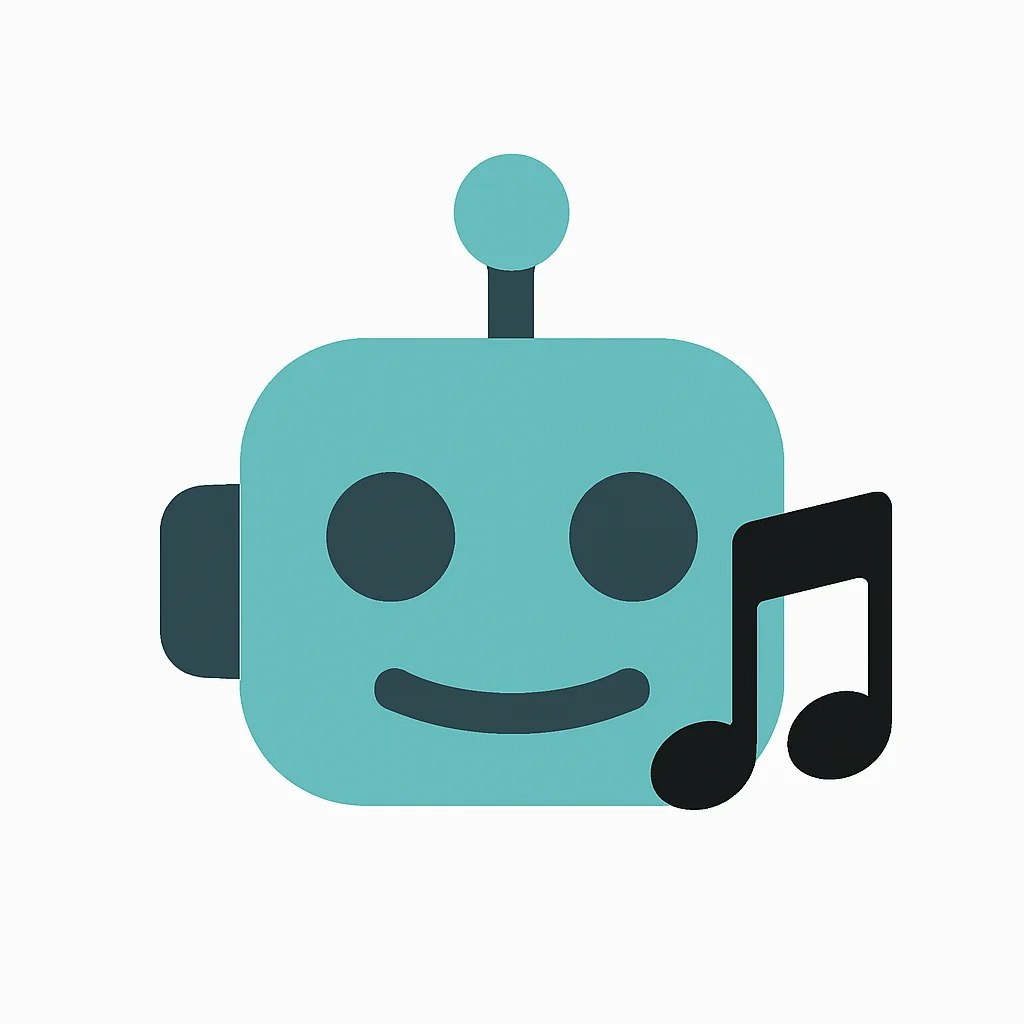Product Introduction
- Chord Mini is an open-source AI-powered tool designed to analyze songs through deep learning models and large language models (LLMs) to extract musical elements. It processes audio inputs from YouTube links or direct uploads to provide chord recognition, guitar chord diagrams, beat tracking, and synchronized chord progression visualization. The tool is built for musicians, producers, and learners seeking technical insights into song structures.
- The core value of Chord Mini lies in its ability to automate complex music theory analysis with high accuracy, reducing manual effort for users. It combines AI-driven chord detection with practical visual outputs like fretboard diagrams and beat-synced progressions. By supporting multiple input formats and offering open-source customization, it democratizes access to advanced music analysis tools.
Main Features
- Chord Mini employs deep learning models to identify and display chord progressions in real time, including root notes, extensions, and inversions, with output formats compatible with DAWs and sheet music software. It supports batch processing for multiple audio files and integrates timestamped chord changes for precise alignment.
- The tool generates interactive guitar chord diagrams with finger positions, string notations, and alternate voicings, tailored to standard or custom tunings. Diagrams are exportable as SVG/PDF files and include playable MIDI previews for auditory validation.
- Beat tracking algorithms analyze rhythmic patterns to synchronize chord changes with downbeats, providing BPM detection and visual timelines. Users can overlay chord progressions onto waveform displays or export beat maps as JSON/MIDI for use in production workflows.
Problems Solved
- Chord Mini eliminates the need for manual chord transcription, which is time-consuming and error-prone for complex songs or genres with ambiguous harmonies. It resolves inaccuracies in traditional software that struggles with polyphonic audio or non-standard tunings.
- The tool targets musicians learning covers, producers analyzing track structures, and educators teaching music theory. It is also used by developers integrating music analysis APIs into third-party applications.
- Typical scenarios include extracting chords from live performances uploaded to YouTube, validating chord diagrams for practice sessions, and automating beat-matched progressions for remix production.
Unique Advantages
- Unlike proprietary tools like Chordify or AutoChords, Chord Mini is open-source, allowing users to modify models, train on custom datasets, and integrate proprietary algorithms. It supports LLM-based harmonic analysis for genre-specific pattern recognition.
- The synchronized visualization engine combines beat tracking with chord progressions in a single interface, a feature absent in most standalone tools. Its GPU-accelerated processing reduces latency for large audio files.
- Competitive advantages include YouTube timestamp parsing for direct URL input, multi-format export capabilities, and community-driven model improvements via GitHub. The MIT license enables commercial use without restrictions.
Frequently Asked Questions (FAQ)
- What audio formats does Chord Mini support? Chord Mini accepts MP3, WAV, FLAC, and OGG files up to 1GB, along with YouTube URLs. The tool resamples audio to 44.1 kHz mono for processing and retains metadata like artist/title for output labeling.
- How accurate is the chord recognition? Accuracy averages 92% for clean recordings, verified against the McGill Billboard dataset. Performance varies with recording quality and polyphonic complexity, but users can fine-tune models via the GitHub repository.
- Can I use Chord Mini for commercial projects? Yes, the MIT license permits commercial use, modification, and redistribution. Developers must credit the original repository if using unmodified models.
- Does it work with 12-string guitars or alternate tunings? The tool detects non-standard tunings via spectral analysis and adapts chord diagrams accordingly. Users can manually input tunings (e.g., DADGAD) for customized outputs.
- How does beat tracking handle irregular time signatures? The algorithm identifies time signature changes (e.g., 4/4 to 7/8) and adjusts beat grids dynamically. Users can override automated detection with manual BPM/tact settings.
